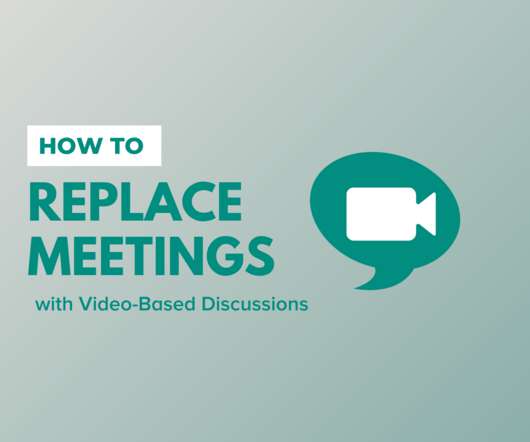Face time
E-Learning Provocateur
SEPTEMBER 16, 2013
We have asynchronous tools such as online discussion forums, synchronous tools such as instant messaging, and semi-synchronous tools such as Twitter. To add voice to the conversation we can use teleconferencing or VoIP. Much more so than if either of us were studying alone.

















Let's personalize your content